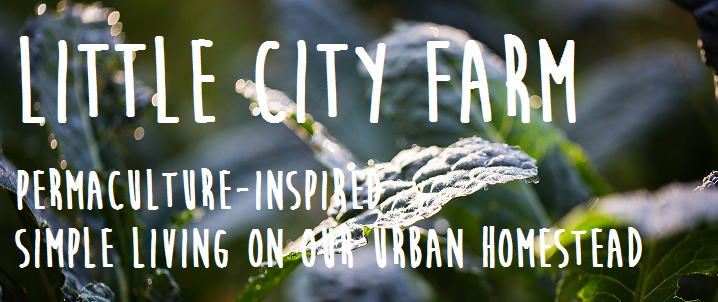We hosted a workshop on cob and baking in wood-fired ovens today. For those who are new to cob, it's a traditional building material made of clay-sand-straw mixture - very similar to adobe - and makes gorgeous ovens, walls, even homes! Talking about cob and baking together creates a nice parallel story - both cob and breadbaking have so much in common. They are both highly variable processes that are hands-on, flexible based on many varying factors (temperature, humidity, ingredient composition), and above all, something to be played and experimented with. Each person will have their own variations, own techniques, own style - all leading to beautiful results. With doing a little work ahead of time, we managed to bake two varieties of wholegrain sourdough bread by the end of our 2 hours - one that had aged for 10 days already (a nice sour tangy flavour) and one that was actually a biga (an Italian starter culture that only takes a 3 day ferment). Highlights of the workshop - getting hands into the cob to mix it up (especially the kids got into this!), and of course, sampling hot bread from the oven!
A couple cob tips, based on our experience (and we are still learning every time we use the oven, even now 3 years later!):
1) Make a long hot fire for bread baking - at least 2 hours of hot fire yields about 1 hour of hot bread baking temperatures
2) Soak your oven door in water before using it for bread baking (so it doesn't catch on fire from the heat of the oven, and so it adds steam to the bread baking process)
3) Start baking bread at hotter temperatures than you normally would in your indoor oven (about 550-600F is a good starting point, as the oven will cool down during the baking process)
4) Use good organic hard bread flour if possible, especially if you are doing free-form loaves that need to hold their shape
5) The more liquid your dough, the bigger the crumb of the bread - but to hold shape of the loaf more, and allow more rise in the oven, add more flour (but don't add too much flour so bread becomes too dry - this is again something to be learned more by "feel" and practice, than by reading books!)
6) There are various ways to get a sourdough culture started:
a) catching wild yeast, just by letting flour & water sit out at room temperature
b) adding a wee bit of domesticated yeast for a boost (called "cultured sourdough")
c) add a grape, a plum or pineapple juice to your flour & water mixture (again to attract yeast)
d) some live culture plain yogurt plus a little apple cider vinegar
7) Sourdough starter can keep almost indefinitely (generations!) if maintained by feeding weekly with more flour and water
8) Health benefits of sourdough bread include more easily digestable gluten in bread, and the live culture lacto bacilli which are great for our digestive systems
Great cob links:
www.mudgirls.ca
www.cobcottage.com
build your own $20 cob oven








That looks just fabulous! And I bet everyone had a glorious time. Thank you for sharing. Ü
ReplyDeleteI just wanna make a cob oven and bake bread, but I can't get it right ;( to much sand or to much clay or not enough sand or not enough clay, I need help!
ReplyDelete